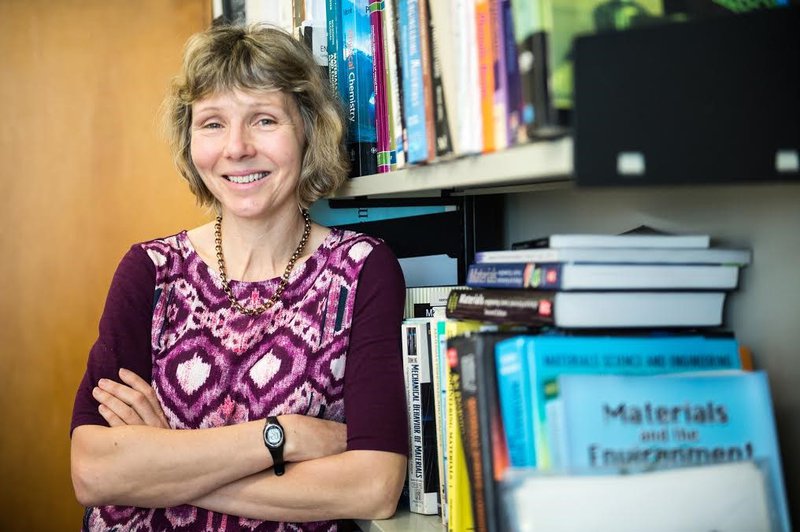1 May 2019
This month, Professor Kim Pickering from the University of Waikato, and a fellow of Engineering New Zealand, shares her own ‘Engineering Envy’ and tells us why materials engineering is an exciting field to be in.
What is your role at the University of Waikato?
Professor in the School of Engineering and Assistant Dean for Research. I contribute to teaching across a range of engineering disciplines, largely in the area of materials which has an underpinning role of any engineering discipline. I’m also involved in leading edge research in the materials area and research leadership for the engineering school.
What attracted you to study engineering and then teach engineering?
I never got over the childhood instinct of wanting to make sense of the world. It's a small step between this and wanting to provide benefit by implementing that understanding and then wanting to share that with others.
What advice would you give your 18-year-old self, if you could go back in time?
Don't sweat the small stuff!
How have materials used in engineering solutions become more complex over time?
Tricky to answer concisely – the number of materials available to select from has exploded in my life-time, which certainly makes materials selection a lot more complex. Part of what we do at the University of Waikato is to teach strategy for how to get the best outcomes for what could be a make or break decision for industry. Materials is an exciting field to be in as new materials can provide a dramatic shift in our technological ability increasing performance dramatically and of increasing importance, also reducing the impact of humankind on the planet.
High performance natural fibre composites is one of your areas of personal interest. Have you investigated the use of any New Zealand plants in this area?
Yes, harakeke (native New Zealand flax). Of course, this has been used for a long time by Māori in New Zealand and has proved itself historically as very useful. I had also heard of people picking a fight with it with their lawn mower and losing, providing some evidence for its toughness, which could be expected to some degree as a leaf fibre. My group have hybridised harakeke with other fibres including hemp, a stalk fibre, known for its strength and stiffness to provide composites that combine toughness, strength and stiffness.

Kim Pickering
What is the best thing you have made using a 3D printer?
3D printing has provided an exciting shift in what can be achieved in production of prototypes and products. The ability of producing interlocking shapes, to provide, for example, intermeshing gears in one go, is a scene changer. It has been limited by the feedstocks available and that has been a focus for my group. Alongside that, work with colleagues under the National Science Challenge umbrella has resulted in development of shape memory biomaterials for 4D behaviour meaning that they can respond to stimuli such as moisture or heat.
How do you explain the Washington Accord to your students?
This is integral to what we do at the University of Waikato and forms a foundation for our degrees. The students are made aware of its importance early on and it is also referred to as their degrees progress.
How do you engage with Engineering New Zealand?
I find the magazines produced by Engineering New Zealand very useful to keep up to date with important developments in New Zealand as well as keep an eye on professional development opportunities. The last one that I attended was about pavement engineering and was held locally in Hamilton. Given related research and our relatively new degree in civil engineering within our School, it was too much of a good opportunity to miss.
At Engineering New Zealand each staff member has their own ‘Engineering Envy’ – a feat of engineering that inspires them or has personal significance to them. It’s a great way to get people talking about engineering. What would your ‘Engineering Envy’ be?
My future engineering envy is "the space elevator" capable of transporting things and people from Earth into space, which has been under discussion internationally for a little while. The challenges involved with that are mind-boggling.





